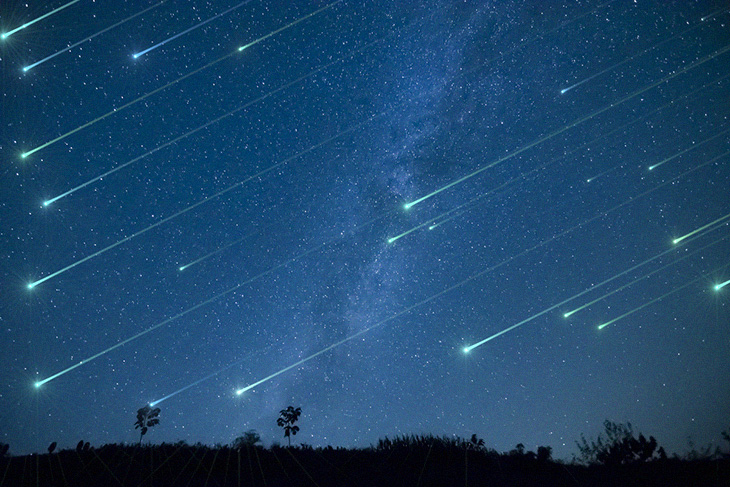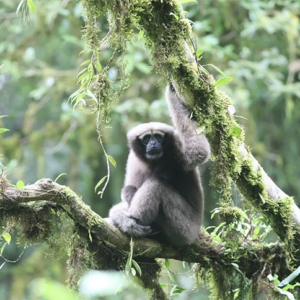
Even if you’re not necessarily the type that enjoys stargazing, you might want to set the alarm of your phone for this. The big news is that there is a set of double meteor showers set to overlap towards the end of July.
With July having begun with a penumbral eclipse of the Full Buck Moon, for as long as the weather permits, there will also be overlapping meteor showers at the end of the month when the “Alpha Capricornids” and the “Delta Aquarids” – both terms used for particular meteor showers – are said to peak on the evening of Tuesday, July 28, until the morning of Wednesday, July 29.
According to the website AccuWeather, with the moon set to be at 66% full during the meteor shower, it could actually diminish the view of the ‘shooting stars.’ Despite that, there will still be at least 20 shooting stars per hour, which means that anyone watching has a great chance of getting a glimpse of them.
Again, the Alpha Capricornids will reportedly be active at the start of July 3 up until August 15 of 2020. Accuweather.com also reported that “the radiant lies in a blank area between the constellations of Capricornus.”
These particular showers are not known to be “strong,” nor do they normally produce “more than five showers per hour,” but they are known for their bright fireballs during their most active periods.
This coming July 28 evening and July 29 morning, the alpha Capricornids are predicted to peak, with an added plus that there will be “good visibility from both side of the equator.”
Meanwhile, the delta Aquarids are said to be currently active starting July 12 up to August 23, 2020. They will be close to the star Skat or Delta in the Aquarius constellation, which is also known as the Water Bearer.
The radiant happens to be located in the lower portion of the southern sky and from the northern hemisphere, which also means that there are less chances to see it from the southern hemisphere.

While these meteors tend to be faint without any continuous trails and fireballs, they still have “good rates for a week centered on the night of maximum.” These delta Aquarids will peak alongside the alpha Capricornids on the evening of July 28 and the morning of July 29.
Incredibly, the Perseids, which are the most popular of all the meteor showers, will also show themselves from July 17 to August 26, 2020. They will peak in the northern hemisphere then reach their strong maximum on August 12 or 13. These showers will also travel between 50 to 75 per hour at their maximum movement.
The Perseids, which is where the meteors tend to diverge, are named after the constellation of the hero Perseus and are also the particles coming from the comet 109P/Swift/Tuttle. They will also peak on the evening of August 11 and the morning of August 12, 2020, when the moon will be 47% full.
People that want to watch the meteor shower and get the most out of it should make sure to head over to an area with a very clear and dark sky. This means that they should not be anywhere near the city lights, but rather take their family and friends and head over to the countryside where they’ll have a more unfiltered sky.
Since the best time to watch these showers is sometime between midnight to dawn, be sure to bring something warm to wear or to cover yourself up with, and a nice cozy blanket to lie down on to make it a comfortable experience as you gaze towards the east.
Of course, turn off all the lights – even the light from your cellphone can cause issues – in order to allow your eyes to get used to the dark. It’s actually recommended that you give yourself at least 20 to 30 minutes in the dark for your eyes to get used to the dark. Rather than using a telescope or binoculars, just allow your naked eye to enjoy the unadulterated view and take in as much of mother nature’s show as you can.
What are your thoughts? Please comment below and share this news!
True Activist / Report a typo


